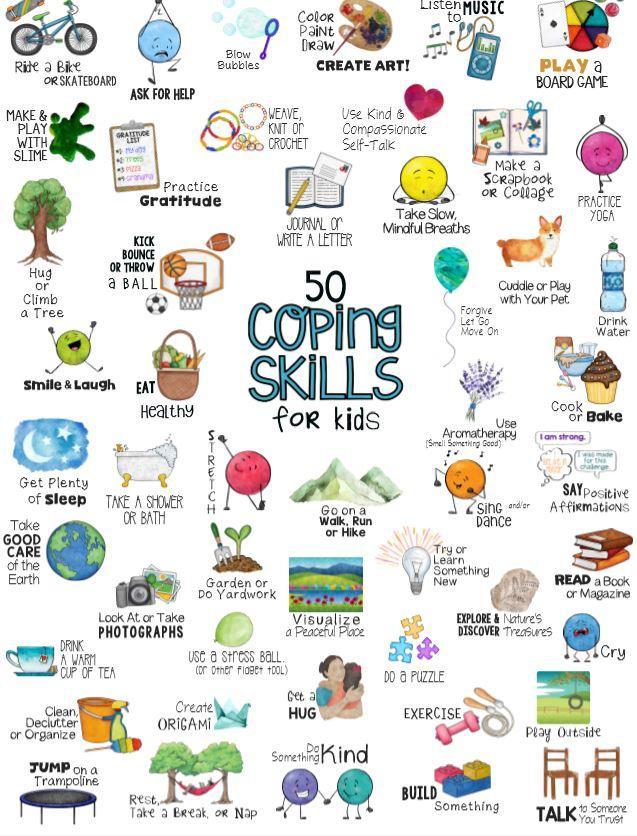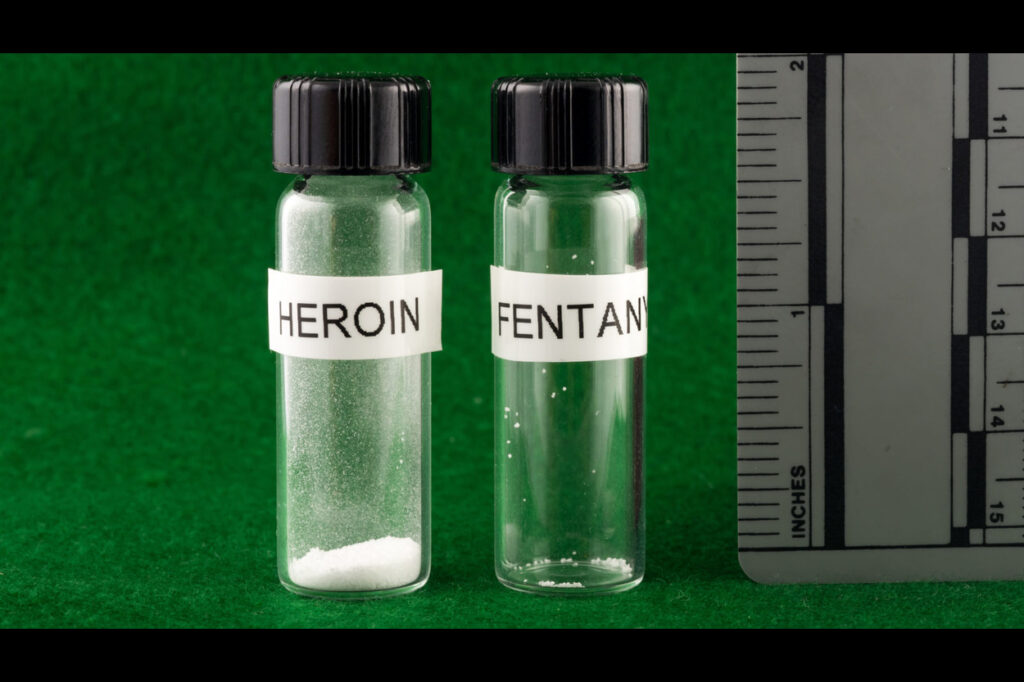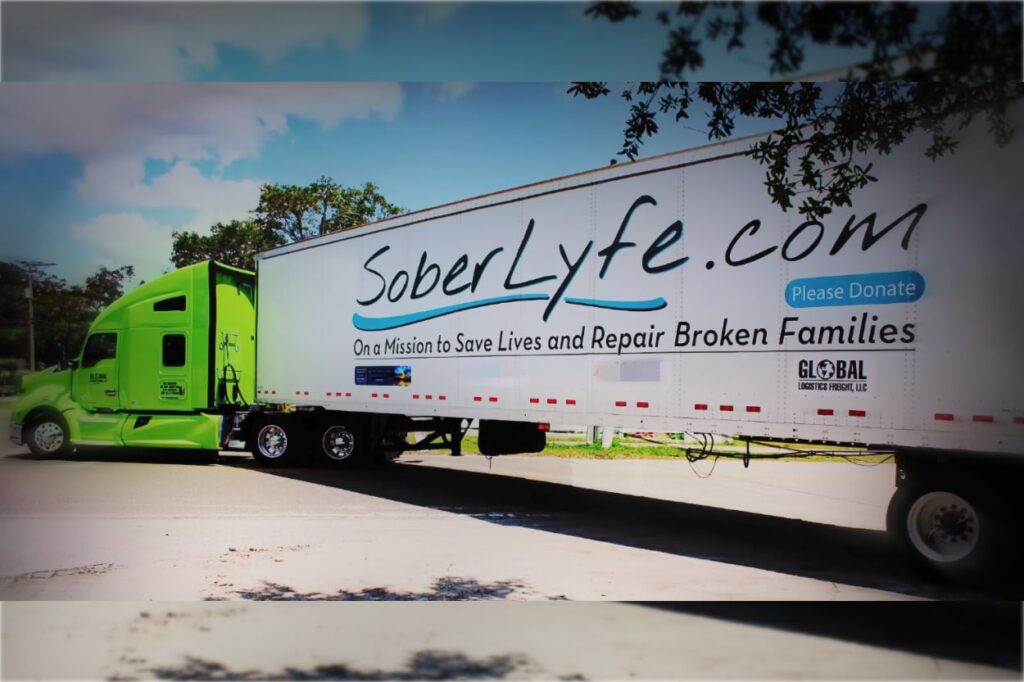Title: Coping Skills for a Recovering Addict: Building a Strong Foundation for Sobriety
Introduction
Recovery from addiction is a challenging journey that requires not only the initial step of breaking free from substance abuse but also a commitment to maintaining sobriety in the face of life’s ups and downs. Coping skills play a crucial role in helping individuals navigate the inevitable stressors and triggers that may lead them back into addiction. In this article, we will explore some essential coping skills for recovering addicts to build a strong foundation for lasting sobriety.
1. Self-Awareness
The first and most critical coping skill for a recovering addict is self-awareness. It involves understanding your triggers, cravings, and emotional responses to stress. By recognizing these signs, you can better prepare to face them head-on. Self-awareness also helps in identifying the early warning signs of relapse, allowing you to take proactive steps to prevent it.
2. Develop a Support System
Recovery is not a solitary journey. Building a support system is crucial for maintaining sobriety. This can include family, friends, support groups, sponsors, or therapists. Having a network of people who understand your struggles and can offer encouragement and guidance is invaluable in times of need.
3. Stress Management
Addiction recovery often involves dealing with stress without resorting to substances. Learning effective stress management techniques, such as deep breathing, meditation, exercise, or yoga, can help alleviate stress and prevent relapse. It’s important to find healthy and constructive ways to manage the inevitable challenges that life throws your way.
4. Healthy Lifestyle Choices
Adopting a healthy lifestyle is essential for maintaining sobriety. This includes regular exercise, a balanced diet, and adequate sleep. These practices not only boost your physical health but also contribute to emotional and mental well-being, reducing the risk of relapse.
5. Mindfulness and Relaxation Techniques
Mindfulness involves being fully present in the moment and accepting your thoughts and feelings without judgment. This practice can help you cope with difficult emotions, cravings, and triggers by staying in the present rather than dwelling on past mistakes or fearing the future. Relaxation techniques, such as progressive muscle relaxation and guided imagery, can also help you calm your mind and reduce anxiety.
6. Develop Healthy Hobbies and Interests
One of the challenges in recovery is finding fulfilling alternatives to the time and energy previously dedicated to substance use. Engaging in hobbies and interests that bring you joy and a sense of purpose can be a great distraction from cravings and triggers. Whether it’s painting, hiking, playing an instrument, or volunteering, having fulfilling activities can make recovery more meaningful.
7. Positive Affirmations and Goal Setting
Developing a positive mindset is essential for recovery. Utilize positive affirmations to challenge negative self-talk and build self-esteem. Additionally, setting achievable goals can provide a sense of direction and purpose. Celebrate your accomplishments, no matter how small they may seem, as they are steps toward a brighter, sober future.
8. Avoid High-Risk Situations
Recognize the situations and environments that may trigger cravings and put your sobriety at risk. Whether it’s certain people, places, or activities, take steps to avoid or minimize your exposure to such high-risk situations. Developing a plan for how to handle these situations in advance can be a valuable coping skill.
9. Continued Therapy and Counseling
Recovery is an ongoing process. Even after the initial stages of sobriety, it’s essential to continue therapy or counseling. These resources provide a safe space to discuss your challenges, gain insights, and develop coping strategies tailored to your unique situation.
Conclusion
Coping skills are vital for recovering addicts to overcome the many challenges they face in maintaining sobriety. The journey may be tough, but with the right coping skills and support, recovery is possible, and a healthier, happier life awaits.












